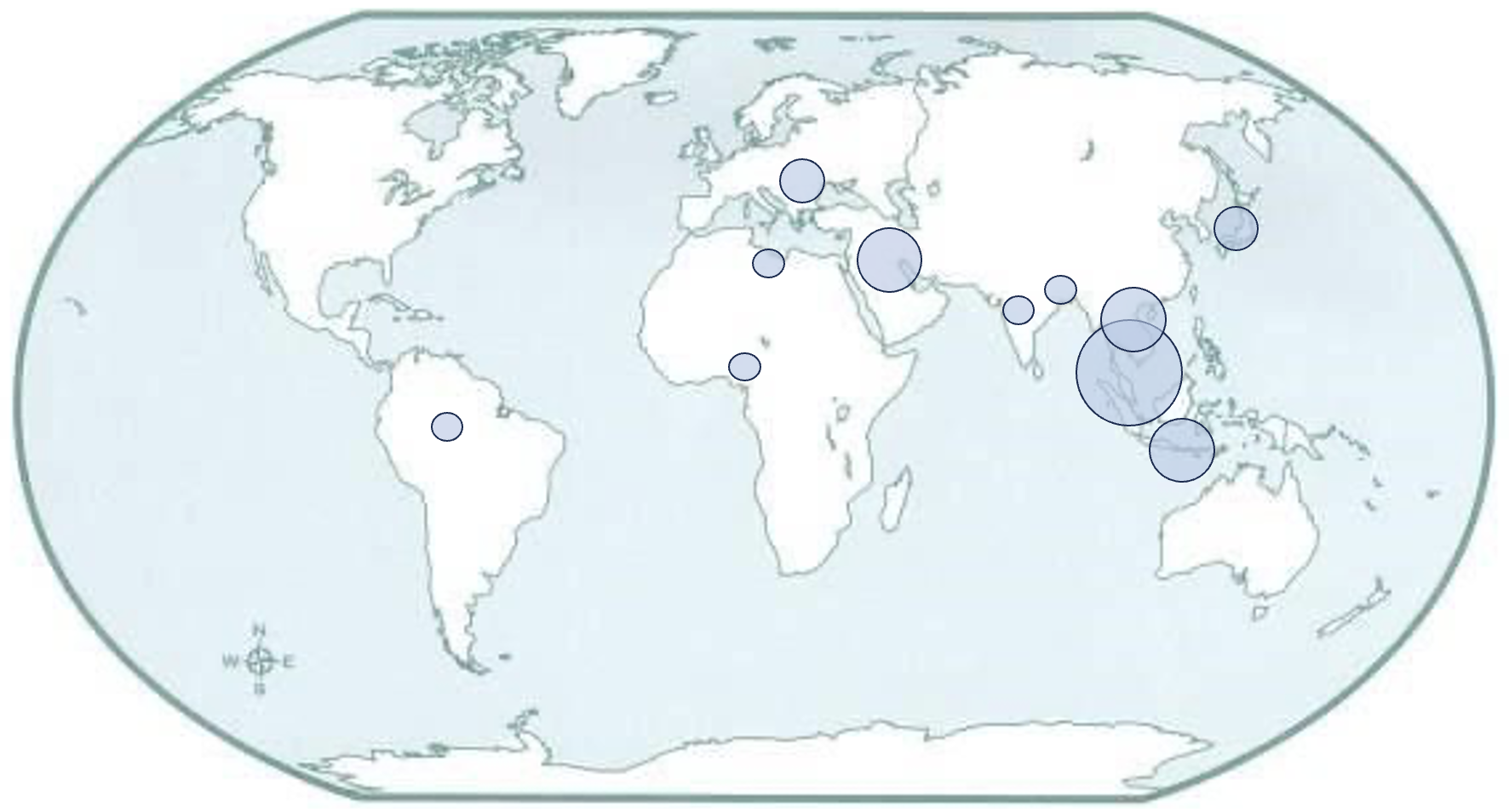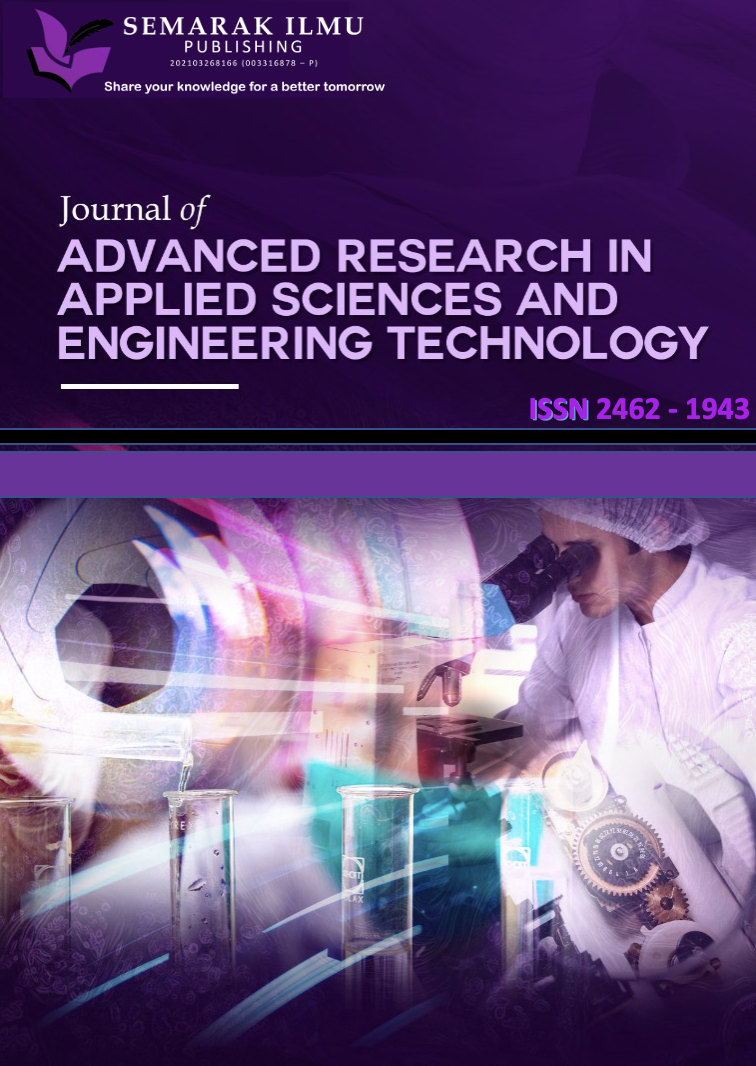The Effect of Plasma Parameters on Titanium Dioxide (TiO2) Thin Film for Hybrid Solar Cells Application
DOI:
https://doi.org/10.37934/armne.28.1.118129Keywords:
Plasma treatment, natural dye photosensitizer, hybrid solar cellAbstract
Hybrid solar cell (HSC) one of the third-generation solar cells, was developed as one of the alternative energy generations which was extensively studied previously. The use of synthetic dye combined with TiO2 as HSC achieved a power conversion efficiency (PCE) of 18%, but synthetic dye residues might harm aquatic life. In previous studies, a photosensitizer (natural dye from the plant) was used to replace synthetic dye. Unfortunately, the HSC PCE is low due to the roughness of the TiO2 surface, which makes natural dye difficult to absorb. The problem was solved by applying plasma to the TiO2 surface to increase surface area and natural dye absorption. The distance of plasma exposure was taken at 2 mm, 4 mm, 8 mm, and 12 mm toward surface TiO2. Natural dye photosensitizer (NDP) was extracted from the tropical plant's mangosteen pericarp. The combination of TiO2 with NDP was made in bulk heterojunction thin film, that was deposited on indium tin oxide (ITO) subtract. The morphology of TiO2 before and after treatment was observed by scanning electron microscope (SEM). The optical properties were determined by UV-Vis spectrophotometry. The power conversion efficiency of HSC is determined by IV measurement. The results of SEM analysis showed that the particle sizes after exposure to plasma were smaller compared to those without Plasma, and the sizes of TiO2 decreased with increasing the plasma distance. The PCE result of the ITO/TiO2+NDP (without plasma) was a 0.13 % increase by 50% compared to the PCE of ITO/TiO2+NDP (with plasma) was 0.25 % at an optimal distance of plasma exposure is 2 mm.
Downloads

























